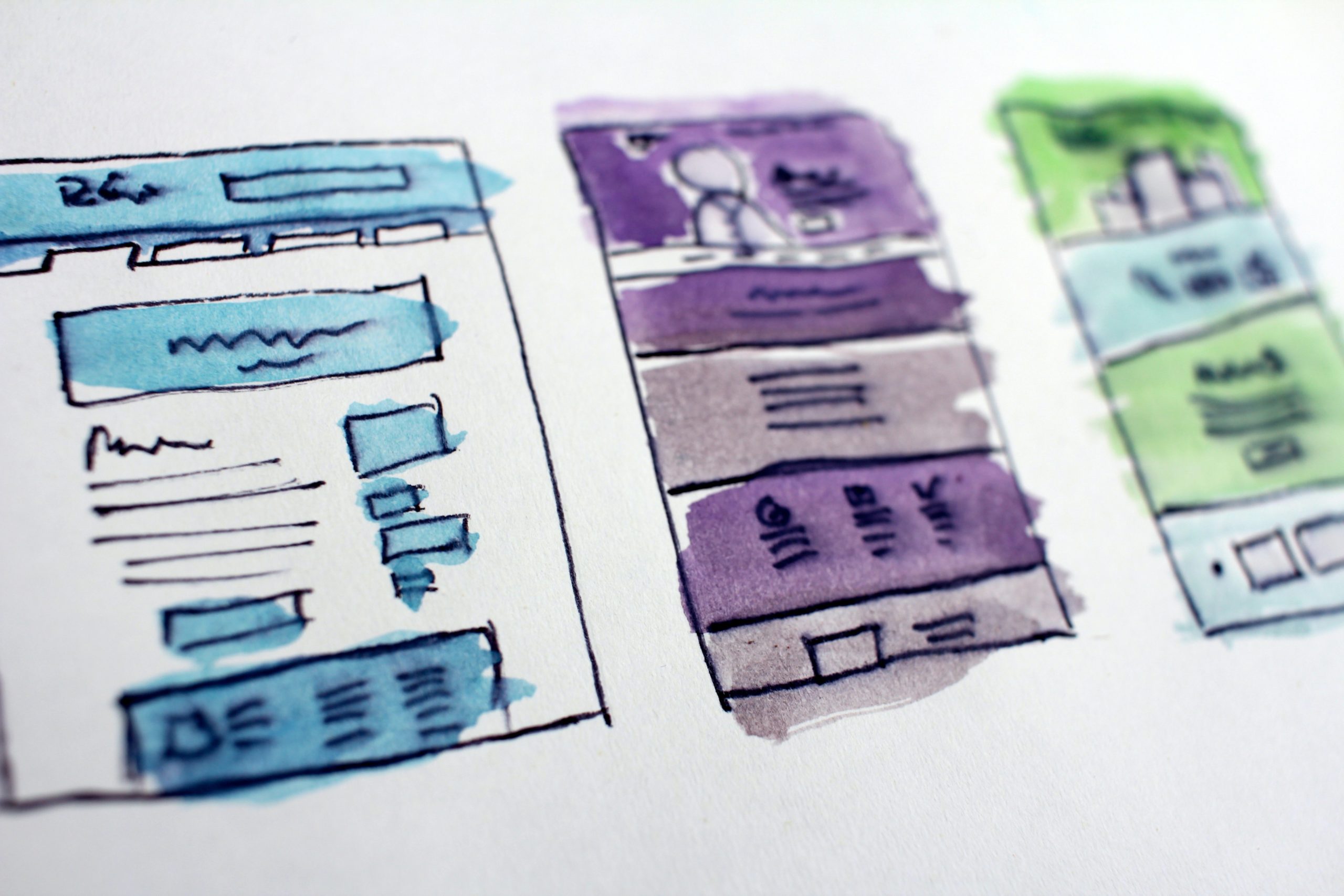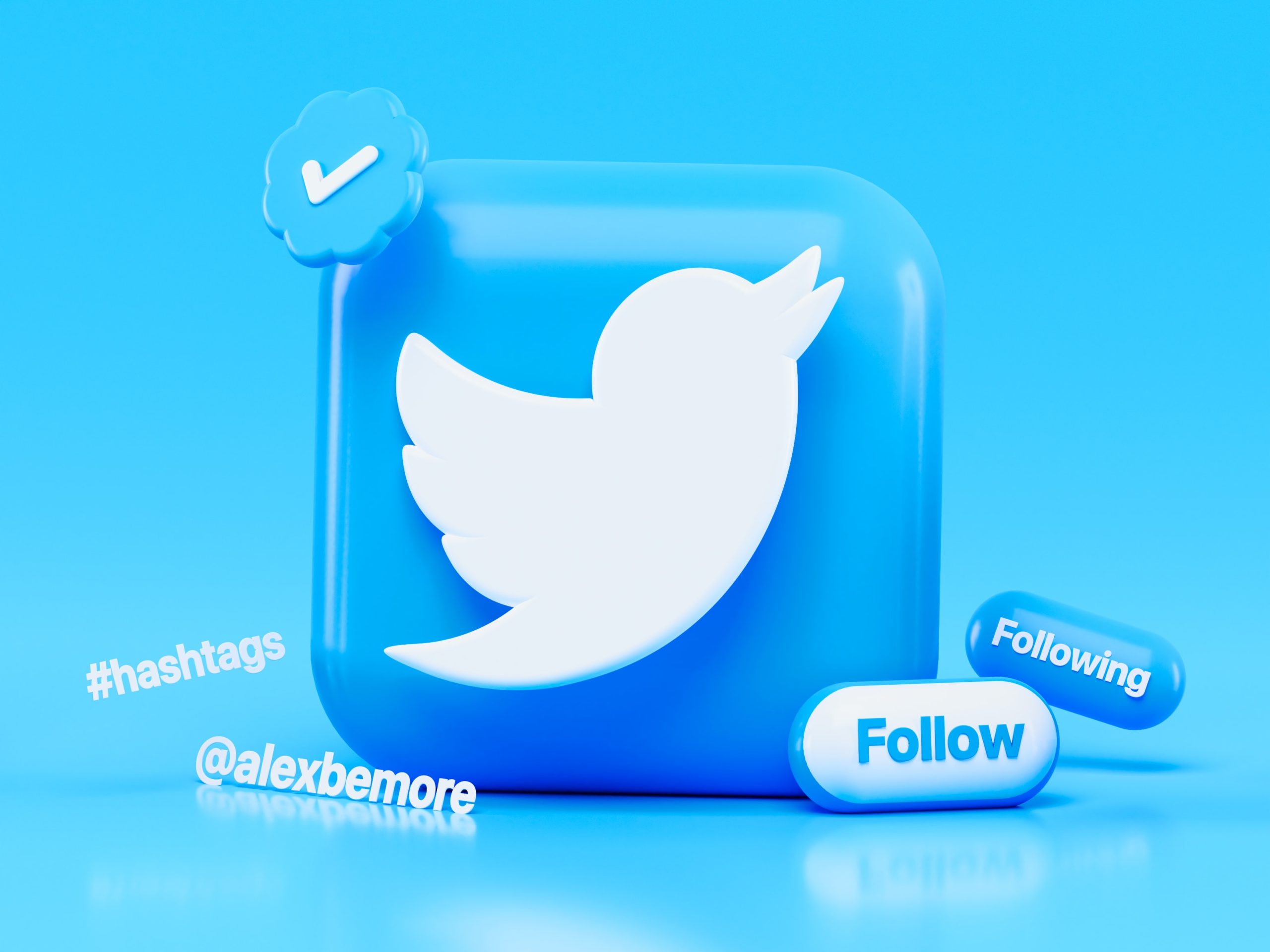Building a Social Media Style Brand Experience for Any Website

Crafting a brand experience successfully is one of the key goals that a company should work towards to when looking to improve its online performance. It leads to audience engagement which is crucial for conversion and sales on your site and for building a loyal customer base. To achieve a high engagement rate on your site, you need to get creative and stand out from your competitors. Over the past decade, one of the biggest success stories in audience engagement has been the explosive rise in social media usage and dependence. With so many individuals active on various platforms, organizations have been quick to direct their marketing and engagement efforts through social media. However, it’s important to note that due to how data is exchanged and used on the web today, integrating a web feed for a social media platform doesn’t do nearly enough for your website, as you get almost nothing in data returns while the social media platform continues to receive continued referrals and activity. So what’s the alternative? The fact is that it doesn’t take much to create the same levels of engagement that can be found on social media platforms. You just need the right tools and knowledge to develop social media-like experiences for your audience. By emulating the beneficial aspects of these platforms to create a digital brand experience, you can build a community that invites members to revisit and engage with your services.
Why use tools to create a brand experience on my company website?
If you are looking to build a loyal customer base, a standard interface is no longer enough in today’s market. Instead, your audience needs to feel intrigued, motivated to participate, and valued for their contributions. Integrating tools that facilitate these events for visitors to your website elevates their experience with your business from a chore to a customer experience. But if you don’t know much about a brand experience or the tools used to make it happen, it can be challenging to visualize how you can take your website from here to there. Don’t worry; to help you get started, we’ve put together some easy to understand examples of brand experience design, fostering increased engagement that can make a world of difference to your current website.
Brand experience examples
As mentioned above, creating a media feed on your website makes it more attractive for customers who heavily use social media. Creating similar experiences for them likens the positive experience of social media to the brand experience they undergo on your web platform. Below, we’ve listed several different website features modeled around social media that you can use on your platform.
Complete social wall
The social media feed does a lot of things right; it provides a constant flow of content to engage the visitor, provides vibrant visuals with plenty of imagery, and provides value that encourages them to revisit the website. However, building your own brand wall doesn’t have to rely on social media directly; you can use tools to create a similar social wall built around your brand experience and customers.

Testimonial space
Word-of-mouth is a more powerful tool than ever before. Because of how often the consumer journey begins from references and good reviews, it’s essential to show potential customers that you have a satisfied audience. You can create a testimonial space that shows what people have to say about your brand to achieve this. Showcasing what satisfied customers are saying about their experiences does wonders to foster positivity and encourage new visitors to start their journey with you.
Personalized user profiles
Having a system in place that allows your visitors and customers to create an identity is key to crafting a brand experience. It’s much easier to remain engaged and participate as part of a community when viewers can record and build on their actions and overall experience with your brand. Software tools can let your users create an avatar, respond to likes and follows, and view their historical activity. Features like this provide the infrastructure you need to have your brand members keep up with their interactions and contribute to the growth of your audience.
Likes and follows
You can argue that the ability to like, follow, and share content on social media platforms is one of the defining features of the core social media experience. Integrating these options directly into your platform through software tools can be a straightforward and effective way to capitalize on user preferences, and build a social media-style, branded experience that promotes continued engagement and association with your platform.

Community Chat
Having great content on your website is a fantastic way to develop your brand experience and promote engagement. Providing a way for your community to discuss and share their thoughts on that content is even better! Community chat systems like the ones provided by Viafoura offer real-time, active engagement that can be extremely effective at letting your users feel like they’re part of the conversation and within a larger circle of association. These tools will often provide the ability to capture user data, which can be used in a variety of ways to increase conversions and tailor your brand experience to user needs without direct reliance on social media.
Conversations and Comments
Users often have immediate reactions and responses to content, posts, articles, and updates that you might offer on your website. Providing a space to comment on your content and begin conversations with fellow users is a great way to allow your users to interact with each other and enjoy a brand experience. Like social media platforms, certain software tools also allow for likes, badges, and other meaningful means of recognizing noteworthy contributors, which rewards positive contributions and provides your users with a means to identify helpful or exciting content.
Moderation
It’s important to note that while most users in your community will add to and build upon your brand and its level of engagement, some users may detract from building positive brand experiences. For example, troll posts and toxicity are a very real part of any online social community, and they’re most likely an aspect of the social media experience that you’d want to avoid actively. Good software tools like our content moderation tool will have ways to quickly and effectively flag these types of comments and posts and remove them while also offering a means to moderate walls, active feeds, and comment sections actively.
These are just a handful of examples that show how you may engage with your users and grow your community and note that none of these require direct integration of social media websites into your website. Instead, you can incorporate these features straight into your website to start building a community within your own digital space through social media-like experiences. Viafoura provides an incredible array of community-building tools and solutions that can help you establish a strong web presence, so if you’re still wondering how to increase brand engagement, look no further! Click here to request a demo on how we can help you meet your engagement goals.